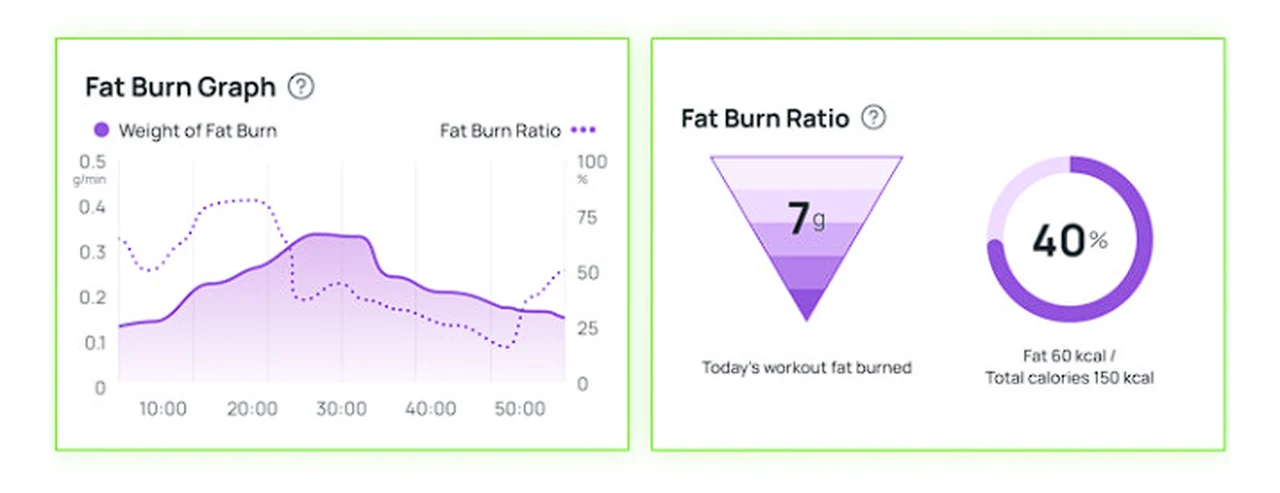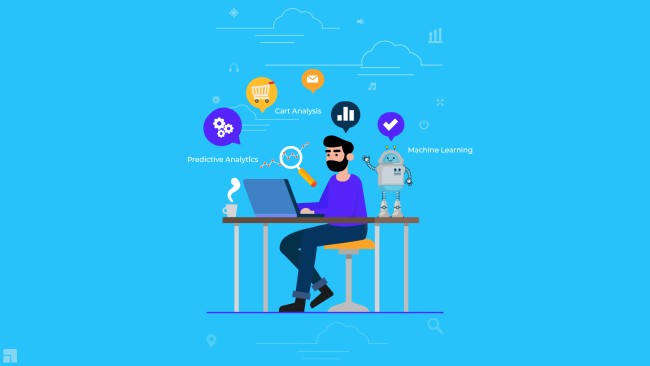
In the fast-paced world of technology, data analytics has become a cornerstone for businesses and researchers alike. The ability to sift through massive amounts of information and extract valuable insights is a skill in high demand. Enter ChatGPT, a powerful ally in the realm of data analytics. This advanced tool is reshaping how we approach the analysis of complex datasets, offering a helping hand to those who seek to make sense of the numbers and trends that define our digital age.
When you start using ChatGPT for data analytics, the first step is to get it set up correctly. This involves familiarizing yourself with the platform and the additional features that can be integrated to enhance your data analysis. It’s like setting up a new smartphone; you want to know all the tricks and tools you have at your disposal to make the most of it.
Using ChatGPT for data analysis
Crafting the right prompts is like having a good conversation. You need to be clear and specific to get the best responses. When you communicate effectively with ChatGPT, it can provide you with detailed and accurate analysis, making your job a lot easier. Think of it as teaching someone new about your project; the better you explain it, the better they can help you. Check out the fantastic data analytics ChatGPT tutorial below kindly created by Luke Barousse.
Here are some other articles you may find of interest on the subject of using AI for data analysis :
ChatGPT isn’t just a one-trick pony; it comes equipped with a suite of advanced tools designed for a variety of data analysis tasks. Whether you’re looking to summarize large datasets or seeking recommendations based on data trends, becoming skilled in these tools will take your data analytics projects to the next level.
Analysis Objectives
Creating a data analytics project from scratch can be daunting, but with ChatGPT, you’re not alone. From defining your objectives to processing and analyzing your data, ChatGPT can guide you through each step, ensuring that you’re on the right track to uncovering the insights you need. The art of data visualization cannot be overstated. It’s one thing to have the numbers, but another to tell a story with them. Learning the best practices for data visualization will enable you to present your findings in a way that is both informative and engaging, allowing your audience to grasp the narrative behind the data.
Data analytics is not a one-size-fits-all field. There are various types, each with its own set of techniques and methodologies. Understanding the differences between descriptive, diagnostic, predictive, and prescriptive analytics is crucial for applying the right approach to your data and achieving the desired outcomes.
Data hallucinations
One of the challenges with AI like ChatGPT is the occurrence of ‘hallucinations’ or false responses. To reduce these errors, it’s important to refine your prompts and provide clear context. This will help ensure that the analysis you receive is reliable and can be trusted for making informed decisions. Data extraction, including web scraping, is a fundamental aspect of data analytics. It’s essential to master the techniques and tools that allow you to collect data from various sources, such as websites and public datasets. This knowledge is key to feeding your analytics projects with the right information.
Public datasets
Public datasets are a treasure trove for data analysts. Knowing how to locate and use these resources effectively can provide a wealth of information for your projects. However, it’s also important to be aware of the legal guidelines surrounding their use to ensure that your data collection practices are above board. Personalizing ChatGPT to meet your specific data analytics needs can streamline your workflow and make the analysis process more efficient. Customization is like tailoring a suit; it ensures that the tool fits your project perfectly, allowing you to work more effectively.
Setting Up ChatGPT for Data Analytics
Using ChatGPT for data analytics involves a multifaceted approach that combines understanding the capabilities of the model, crafting effective prompts, and leveraging additional features such as file uploads for comprehensive data analysis. This guide will walk you through setting up ChatGPT for data analytics, formulating prompts for analysis, utilizing file uploads, and applying best practices to extract valuable insights from your data.
Before diving into data analytics with ChatGPT, ensure you have access to the latest version of the model and any relevant plugins or integrations that can enhance its data processing capabilities. Platforms like OpenAI provide updates and tools that can be integrated with ChatGPT to support data analytics, including file uploads and spreadsheet manipulations.
Understanding Data Analytics Capabilities
ChatGPT can assist with various types of data analytics, including but not limited to:
- Descriptive Analytics: Analyzing historical data to understand what happened.
- Diagnostic Analytics: Determining why something happened.
- Predictive Analytics: Using data to forecast future trends.
- Prescriptive Analytics: Suggesting actions based on the data analysis.
Crafting Effective Prompts for Data Analysis
Effective communication with ChatGPT is key to obtaining useful analysis. When crafting prompts:
- Be specific about the analysis you need. For instance, “Analyze the sales trend from the uploaded dataset and predict the next quarter’s sales.”
- Provide context or specify the type of analytics you’re interested in (descriptive, diagnostic, predictive, prescriptive).
- Ask for the analysis to be broken down into steps or request summaries of findings for clarity.
Utilizing File Uploads for Data Analytics
File uploads can significantly expand the types of analysis you can perform with ChatGPT. Here’s how to use this feature effectively:
- Prepare Your Data: Ensure your data is clean and well-organized. ChatGPT can process various file types, but structured data in formats like CSV or Excel is ideal for analytics.
- Upload Your File: Use the file upload feature to provide ChatGPT with your dataset. Depending on the platform you’re using, you might see an option to upload files directly into the chat interface.
- Analyze the Data: Once your file is uploaded, you can ask ChatGPT to perform specific analyses on your data. For example, you could ask for a summary of key metrics, identify trends, or even generate visualizations if the tool supports it.
Best Practices for Data Analytics with ChatGPT
- Refine Your Prompts: If the initial analysis isn’t quite what you were looking for, refine your prompts to be more precise or to ask for different types of analysis.
- Beware of Hallucinations: AI models can sometimes generate incorrect or “hallucinated” information. Always verify the insights provided by ChatGPT against your data.
- Stay Informed About Updates: New features, tools, and improvements are regularly added to platforms like OpenAI. Keeping up-to-date can enhance your data analytics projects.
Legal and Ethical Considerations
Navigating the legal landscape of data collection is a critical consideration. It’s vital to ensure that your data gathering methods are compliant with the relevant laws and regulations to avoid any legal issues. Think of it as crossing the street; you need to know the rules to do it safely.
- Data Privacy: Ensure you have the right to use and analyze the data you upload, especially if it contains personal information.
- Compliance: Be aware of and comply with relevant data protection regulations, such as GDPR or CCPA, when using ChatGPT for data analytics.
ChatGPT can be a powerful ally in data analytics, offering the ability to process and analyze data in ways that can uncover insights and inform decisions. By setting up the tool correctly, crafting clear and detailed prompts, utilizing file uploads effectively, and following best practices, you can leverage ChatGPT to enhance your data analytics capabilities. Remember to remain critical of the analysis provided, continually refine your approach, and stay updated on the latest developments in AI and data analytics technology.
Filed Under: Guides, Top News
Latest timeswonderful Deals
Disclosure: Some of our articles include affiliate links. If you buy something through one of these links, timeswonderful may earn an affiliate commission. Learn about our Disclosure Policy.









